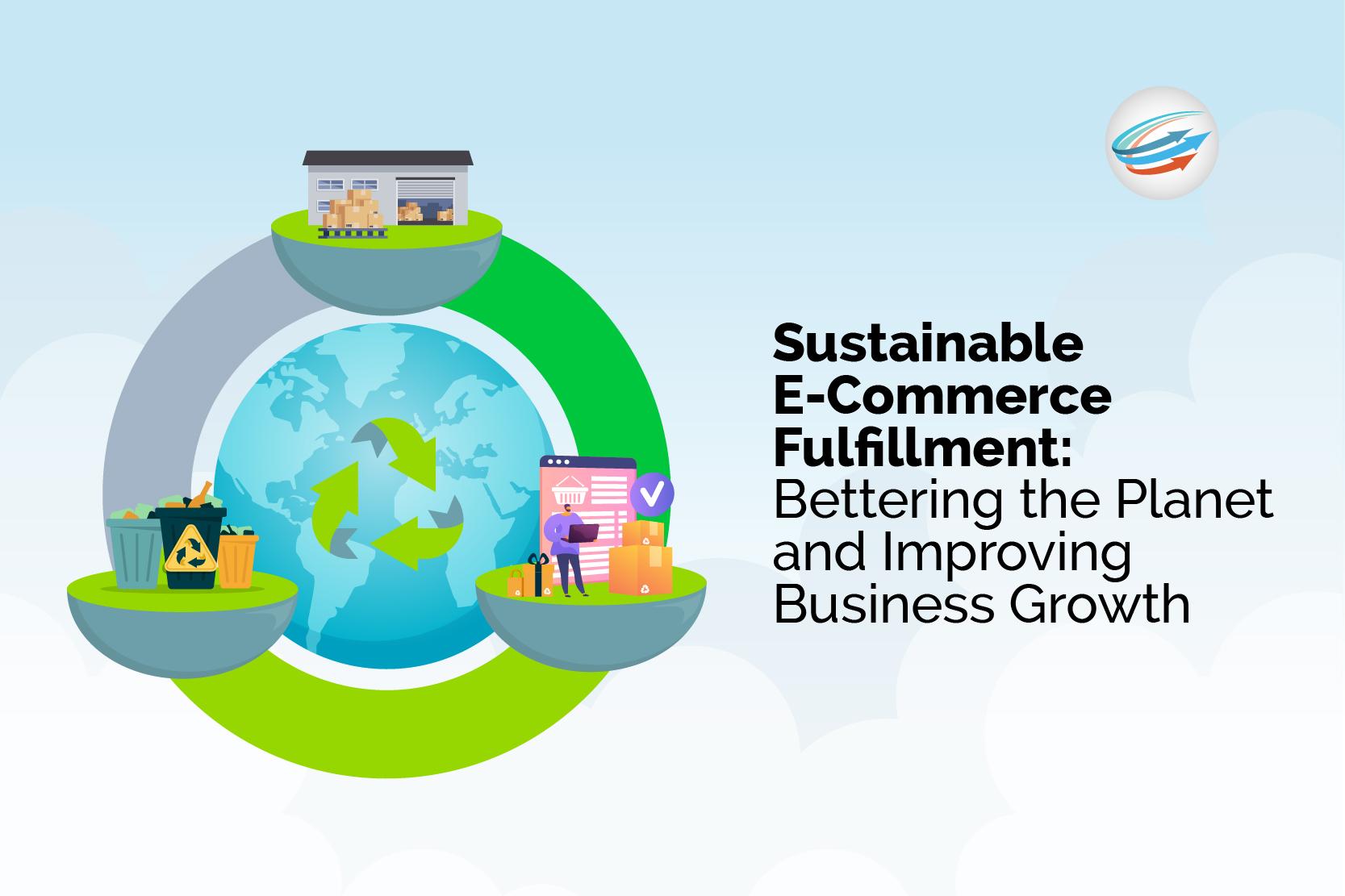In a world increasingly defined by digital interaction, the evolution of e-commerce stands as a testament to our rapidly changing landscapes. From its humble beginnings in the 1990s, when online shopping was a novelty rather than a norm, e-commerce has morphed into a multifaceted powerhouse that shapes how we buy, sell, and connect.Today, as technology continues to advance at breakneck speed, the future of e-commerce looks more promising—and complex—than ever before. This article delves into the current state of e-commerce, exploring the trends, innovations, and challenges that define this dynamic sector. Join us on a journey through the digital marketplace, as we unlock the future and uncover the forces driving an industry that is not just a reflection of consumer behaviour but a catalyst for cultural change.
Embracing Technological Advancements in Digital Retail
The digital retail landscape is undergoing a transformative shift as emerging technologies redefine how consumers engage with brands and make purchases. By leveraging innovations in artificial intelligence, businesses can now deliver personalized shopping experiences tailored to individual preferences. This dynamic integration leads to enhanced customer satisfaction and fosters brand loyalty. Key technological trends influencing the retail sector include:
- Augmented Reality (AR): Allowing customers to visualize products in their own space before purchasing.
- Chatbots and Virtual Assistants: Providing 24/7 customer support, answering queries, and guiding shoppers through their purchasing journey.
- Data Analytics: Enabling retailers to predict trends, manage inventory efficiently, and create targeted marketing campaigns.
Moreover, the rise of mobile commerce is reshaping consumer habits, making it crucial for retailers to develop mobile-optimized platforms. Statistics highlight a meaningful uptick in mobile transactions, with shoppers seeking seamless, speedy checkout processes. Retailers that invest in secure payment gateways and user-friendly interfaces are positioning themselves favorably in a competitive market. To illustrate this shift, consider the following table showcasing recent trends in mobile commerce:
| Year | Mobile Commerce Growth (%) | Percentage of E-Commerce Sales |
|---|---|---|
| 2020 | 27% | 42% |
| 2021 | 30% | 45% |
| 2022 | 35% | 50% |

The Rise of Personalization: Tailoring Experiences for the Modern Consumer
As consumers navigate an increasingly crowded digital landscape,the demand for personalized experiences has never been higher.Brands are now turning to data-driven technology to tailor their offerings,ensuring that every interaction resonates on a personal level. By leveraging insights gathered from consumer behavior, preferences, and interactions, businesses can craft unique pathways that lead customers to the products and services that align with their individual needs. This shift not only boosts satisfaction rates but also fosters loyalty, as customers feel a sense of connection with brands that understand them.
The essence of this personalization lies in strategic approaches that can include:
- Dynamic Content Delivery: showing unique messaging based on user profiles.
- Targeted Promotions: Offering discounts tailored to purchasing history.
- Customized Product Recommendations: Using AI to suggest items that match previous behaviors.
Analytics tools and CRM systems play a crucial role in implementing these personalized experiences, allowing brands to segment their audiences effectively. The result is a more engaging shopping experience that not only meets but anticipates consumer desires, making them feel valued and understood.

Sustainability in E-Commerce: Balancing Growth with Ethical Practices
As the digital marketplace expands, e-commerce businesses face the pressing challenge of evolving with responsible practices that prioritize sustainability. Forward-thinking companies are beginning to recognize that ethical engagement with both consumers and the surroundings can substantially shape their brand narratives. By reducing carbon footprints and embracing circular economy principles, they are not only safeguarding the planet but also appealing to a conscious consumer base that values transparency and sustainability. To achieve this delicate balance, many are implementing strategies such as:
- eco-friendly packaging: Utilizing recyclable and biodegradable materials to minimize environmental impact.
- Local sourcing: Partnering with nearby suppliers to reduce transportation emissions.
- Energy-efficient operations: Adopting renewable energy resources to power warehouses and fulfillment centers.
These lasting practices do not merely serve as ethical imperatives; they can also enhance a company’s competitive edge in a saturated market.By integrating sustainability into their core business models, e-commerce firms can boost customer loyalty and enhance brand reputation. A study found that:
| Consumer Response | Percentage |
|---|---|
| Prefer brands with sustainable practices | 73% |
| Willing to pay more for eco-friendly products | 66% |
| Trust brands that share sustainability initiatives | 70% |
With this understanding, the road ahead for e-commerce involves not just profit generation but a commitment to stewardship. This shift is paving the way for a new era characterized by integrity and responsibility,where customer expectations align with the broader goals of environmental preservation and social equity.

Navigating the Future of Payment Solutions: Trends Shaping Transactions
As we delve deeper into the landscape of commerce, the shift towards contactless payments stands as a significant trend reshaping consumer behaviors and merchant strategies. With the rise of mobile wallets and NFC technology, customers can now complete transactions with a mere tap of their smartphones, offering unparalleled convenience and speed. Retailers are adapting by integrating these solutions into their payment ecosystems, optimizing checkout experiences and reducing wait times. Additionally, the growing acceptance of cryptocurrencies speaks to a broader shift towards decentralized payment options, allowing consumers to possess greater control over their financial transactions.
Another pivotal progress is the integration of AI and machine learning in payment processing systems. These technologies not only streamline fraud detection but also enhance personalized customer experiences by analyzing purchasing patterns and preferences. Businesses can leverage this data to offer tailored promotions, ensuring that their services resonate with their target demographics. Moreover, the trend towards subscription-based models is transforming how transactions are structured, with businesses increasingly adopting recurring payment setups to ensure steady revenue streams while offering consumers the benefit of uninterrupted service access.
To Wrap It Up
As we stand on the precipice of a digital landscape constantly reshaped by innovation and consumer demand, it becomes clear that the evolution of e-commerce is not merely a phenomenon, but a revolution. From its humble beginnings, characterized by static web pages, to the dynamic ecosystems we navigate today, the journey is a testament to human ingenuity and adaptability. The seamless integration of artificial intelligence, virtual reality, and personalized shopping experiences suggests that we are only scratching the surface of what is possible.
As we look to the future, one thing is certain: the possibilities are boundless. While challenges such as sustainability, data privacy, and market saturation loom, they also present opportunities for growth and reimagining the retail experience. The key lies in embracing these changes, fostering innovation, and prioritizing consumer needs.
In this ever-evolving arena, businesses and shoppers alike must remain curious, adaptable, and open-minded. As we continue to unlock the future of e-commerce, we invite you to engage with these transformative changes, envisioning new ways to connect, shop, and thrive in a digital world. With every click, swipe, and interaction, we are not just participating in commerce—we are shaping the future together.


